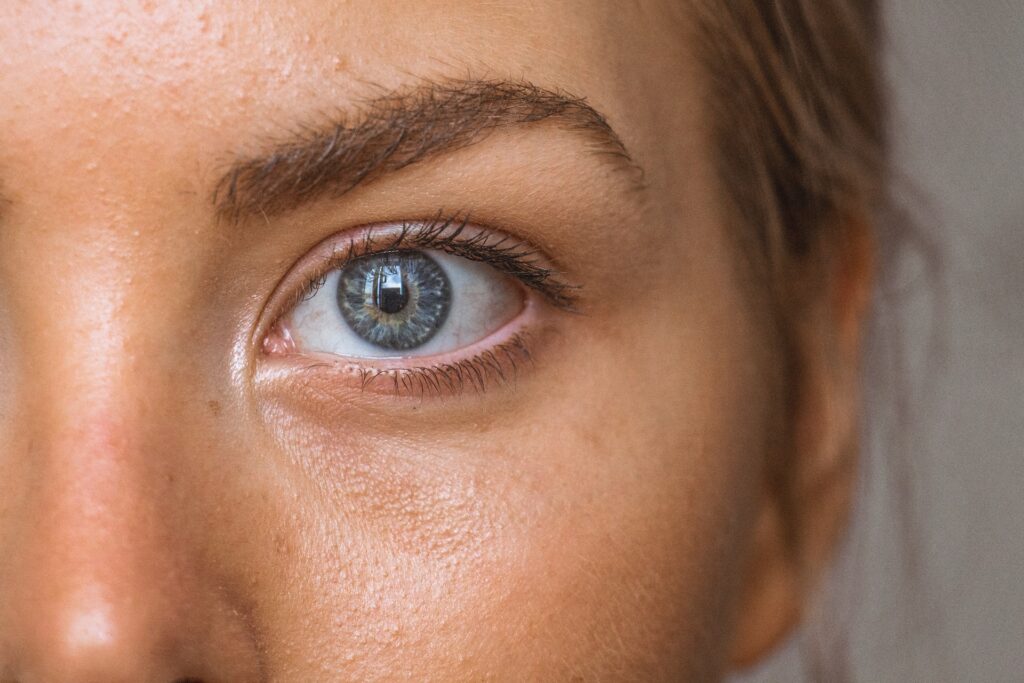Milialar, often referred to as “milk spots,” is a unique skin condition that can cause concern for many individuals. In this comprehensive guide, we will delve deep into the world of Milialar, exploring its causes, symptoms, effective treatment options, and preventive measures. Whether you’re experiencing milk spots for the first time or seeking ways to manage it.
Milialar: Unveiling the Mystery
Milialar, colloquially known as “milk spots,” is a dermatological condition characterized by tiny, dome-shaped white or yellowish bumps that appear on the skin’s surface. These spots are typically small, measuring only about 1-2 millimeters in diameter. While milk spots is harmless and not usually accompanied by pain or itching, it can be a source of cosmetic concern for some individuals.
What Causes Milialar?
Milialar occurs when dead skin cells and sebum (the skin’s natural oil) become trapped in hair follicles or sweat glands. This blockage leads to the formation of small cysts beneath the skin’s surface, giving rise to the characteristic white or yellowish spots. Contrary to popular belief, milk spots is not linked to dairy consumption, despite its colloquial name “milk spots.”
Who is Prone to Milialar?
Milialar can affect individuals of all ages and skin types, from infants to adults. It is particularly common in newborns, appearing as small white dots on the nose, cheeks, and chin. However milk spots is not limited to infancy and can persist into adulthood. Factors such as hormonal changes, excessive sun exposure, and certain skincare products can contribute to the development of milk spots.
Identifying Milialar: What Does It Look Like?
Milialar manifests as tiny, raised bumps on the skin’s surface. These spots are usually white or yellowish in color and have a firm texture. They are most commonly found on the face, particularly around the eyes, cheeks, and forehead. In some cases milk spots may also appear on the neck, chest, or back.
Effective Treatment Options
Addressing Milialar requires a tailored approach to effectively manage and minimize its appearance. Here are some proven treatment options:
Topical Retinoids
Topical retinoids, derived from vitamin A, are highly effective in promoting cell turnover and preventing the accumulation of dead skin cells. These prescription-strength treatments can help unclog pores and reduce the occurrence of Milialar.
Microdermabrasion
Microdermabrasion is a non-invasive procedure that uses tiny crystals to exfoliate the outer layer of the skin. This treatment can help remove milk spots and improve overall skin texture.
Professional Extraction
A dermatologist or licensed esthetician can safely extract Milialar cysts using sterile instruments. This procedure should only be performed by trained professionals to avoid skin damage or infection.
Chemical Peels
Chemical peels involve the application of a chemical solution to the skin, which exfoliates the outer layer and encourages the growth of new, healthy skin cells. This can be an effective treatment for Milialar.
Preventing Milialar: Proactive Skincare Tips
Taking preventive measures can significantly reduce the likelihood of developing milk spots. Incorporate the following practices into your skincare routine:
Gentle Exfoliation
Regular, gentle exfoliation can help remove dead skin cells and prevent the buildup that leads to Milialar. Opt for mild exfoliants that are suitable for your skin type.
Non Comedogenic Products
Choose skincare and cosmetic products labeled as “non-comedogenic,” as they are formulated to avoid clogging pores.
Sun Protection
Wearing sunscreen with a broad-spectrum SPF of 30 or higher can shield your skin from harmful UV rays and reduce the risk of milk spots.
Balanced Diet and Hydration
Maintaining a balanced diet rich in fruits, vegetables, and water can promote overall skin health and reduce the likelihood of skin issues, including Milialar.
Conclusion
Understanding and addressing Milialar, commonly known as “milk spots,” empowers individuals to take proactive steps towards achieving clear, radiant skin. By incorporating effective treatments and preventive measures into your skincare routine, you can confidently manage milk spots and enjoy a healthier complexion. Remember, consulting a dermatologist for personalized advice is always a wise decision when dealing with any skin condition. Embrace your skin’s natural beauty and glow with confidence!

